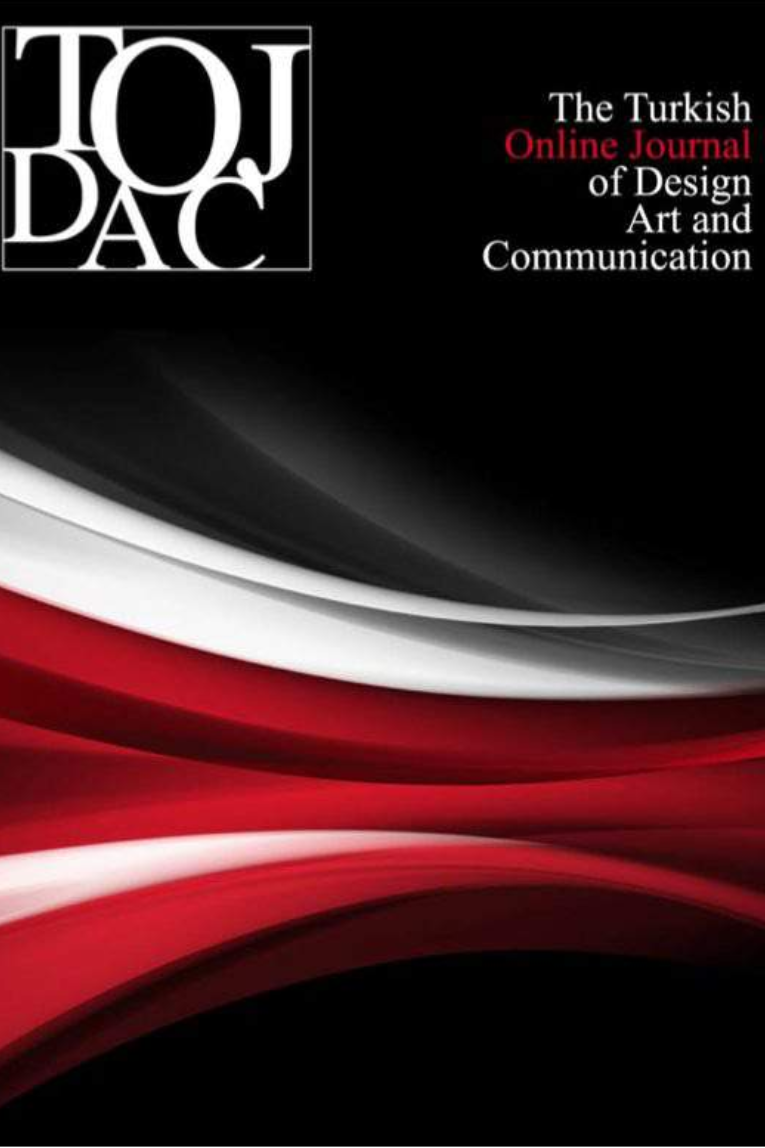EXAMINING THE CONCEPT OF SUSTAINABLE ARCHITECTURE THROUGH THE SAMPLING AREA OF BAHRIYE UÇOK KINDERGARTEN
Technological developments brought various problems along with the benefits they provide. With thedevelopment of technology, problems have been addressed with practical solutions to meet theincreasing needs, and these solutions have not been thought to lead to other problems in the long run.Other problems such as environmental pollution, climate change, increase in carbon emissions,excessive energy consumption are on the agenda of 21st century as a result of problems such as distorted urbanization, transformation into consumer society and unconscious consumption of naturalresources. It has been revealed that a large majority of the energy resources on Earth are consumedduring the construction and use of buildings. The need for the pre-school education buildingsincreases, where the energy consumption is relatively high, due to the rise of the young population andthe number of the families living in the urban areas. The pre-school education period is a fast andintensive learning period in which the child's intelligence development is largely completed. In thedevelopment of the child's personality, having a qualified education in suitable and environment hasgreat importance. Buildings of preschool where the concept of sustainability is taught to children arealso examplary structures which serve as models to society. Bahriye Üçok Kindergarten is the firstsample of pre-school education buildings in Turkey which was built with an understanding respectfulto the environment. The method of study is the evaluation of the findings obtained after observationsmade in the school and interviews with educators. In this context, it is considered that thekindergarten, which constitutes the sampling area of the study, will enhance the students' workingperformances by providing the students with environmental protection awareness and providing abetter learning environment. It is also anticipated with this work that pre-school education buildingsbuilt in sustainable understanding will increase.
Anahtar Kelimeler:
Nature Friendly Architecture, Traditional Architecture, Sustainable Architecture, LEED Certification System, Pre-school Education Buildings
___
- Edwards, B. (2007). “Sürdürülebilirlik Kültürü ve Mimari Tasarımın Önündeki Güçlükler”, Ekolojik Mimarlık ve Planlama Sempozyumu, 27-28 Nisan 2007, Antalya, Mimar Odası Antalya Şubesi, s.22- 34. Kaya, B. ve Kaya, N. (2016). İç Mekan Hijyeni, İstanbul: Resse Yayıncılık. Kılıçgün, M. ve Yüksel, M. (2012). “Okul Öncesi Eğitim Kurumuna Devam Eden 4-5 Yaş Grubu Çocukların Görsel Algı Gelişimlerine Frostig Gelişimsel Algı Eğitim Programının Etkisi” M.Ü. Atatürk Eğitim Fakültesi Eğitim Bilimleri Dergisi, 36, s.193- 211. http://dergipark.gov.tr/download/article-file/2191 Erişim tarihi 20.02.18. Roaf, S. (2001). Ecohouse: A Design Guide. Oxford: Architectural Press. Sakınç, E. (2006). “Sürdürülebilirlik Bağlamında Mimaride Güneş Enerjili Etken Sistemlerin Tasarım Ögesi Olarak Değerlendirilmesine Yönelik Bir Yaklaşım”, Basılmamış Doktora Tezi, Yıldız Teknik Üniversitesi Fen Bilimleri Enstitüsü, İstanbul. Sev, A. (2009). Sürdürülebilir Mimarlık, İstanbul: YEM (Yapı- Endüstri Merkezi) Yayınları. MEB (2013). T.C. Millî Eğitim Bakanlığı Temel Eğitim Genel Müdürlüğü Okul Öncesi Eğitim Programı, Ankara. http://tegm.meb.gov.tr/dosya/okuloncesi/ooproram.pdf Erişim tarihi 20.02.18. Tönük, S. (2007). “Ekolojik Yaşam ve Ekolojik İlkelere Uygun Tasarım” Ekolojik Mimarlık ve Planlama Sempozyumu, 27-28 Nisan 2007, Antalya, Mimar Odası Antalya Şubesi, s. 72- 79. ULR-1 LEED 2009 for New Construction and Major Renovations. https://www.usgbc.org/resources/leed-new-construction-v2009-current-version Erişim tarihi 20.02.18. ULR-2 https://www.google.com/maps Erişim tarihi 20.02.18. ULR-3 http://cocukyuvalari.kadikoy.bel.tr/bahriyeucok-ekolojik-yuvasi.html Erişim tarihi 20.02.18. ULR-4 http://www.mimarizm.com/mimari-projeler/egitim/bahriye-ucok-ekolojik-anaokulu_127971 Erişim tarihi 20.02.18
- Başlangıç: 2011
- Yayıncı: Deniz YENGİN
